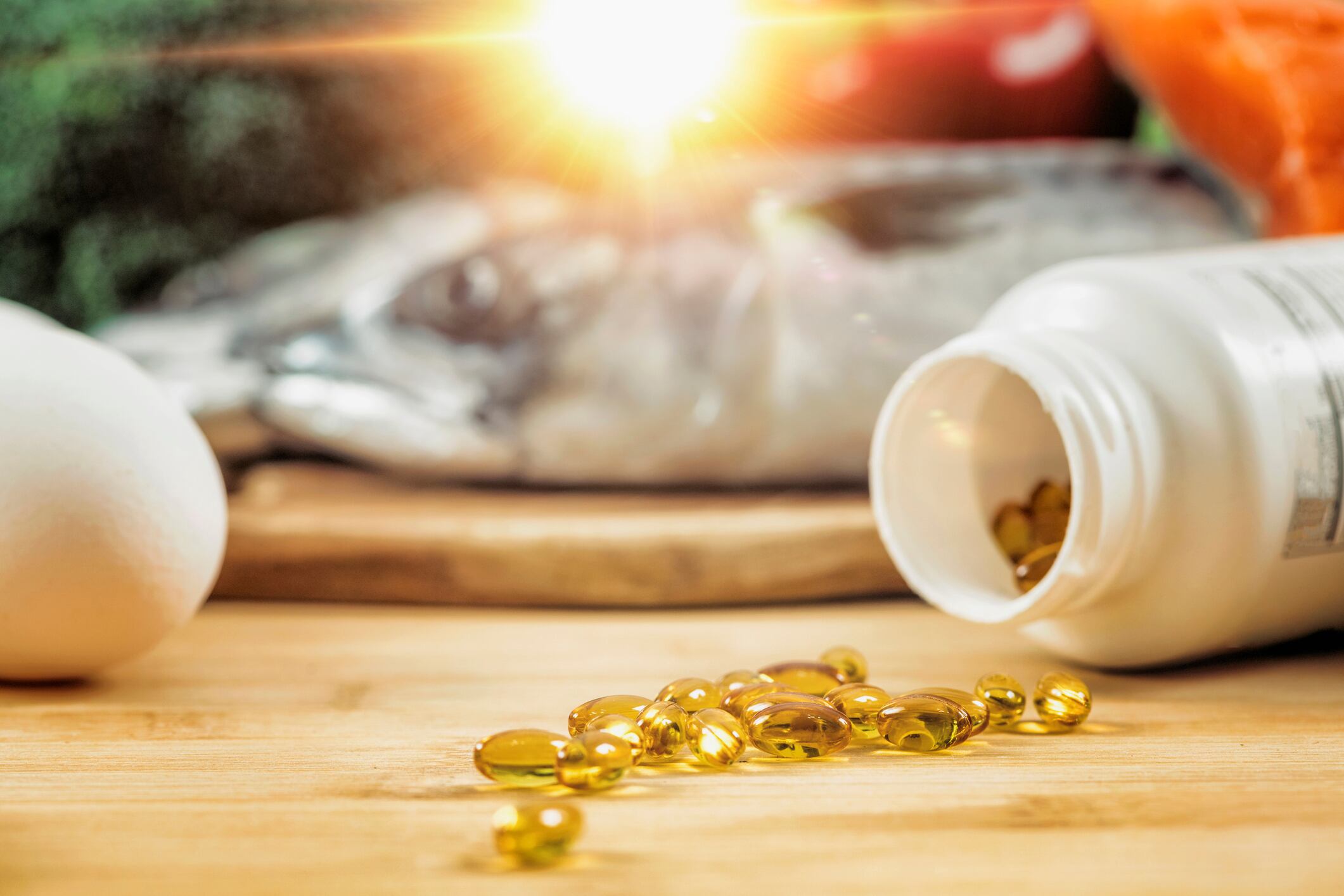The whole study included 1,528 male and female athletes from nine NCAA Division I institutions. Blood samples from a subset of 298 people indicated that the average omega-3 index score was 4.33%, with no athlete hitting the 8% Omega-3 Index benchmark associated with the lowest risk of cardiovascular disease.
The data, which is published in PLoS One, was collected during the 2018–2019 academic year, which was prior to a 2019 change in NCAA legislation related to omega-3 fatty acid (FA) supplementation.
“Prior to 2019, the NCAA classified omega-3 FA supplements as “impermissible”, which prevented athletic departments from purchasing such supplements for athletes unless prescribed by a team physician. However, advocacy from member institutions facilitated a 2019 NCAA legislation change, reclassifying omega-3 FA supplements as permissible for athletic departments to purchase and provide for athletes,” explained the researchers.
“As a result of this rule change, interest in and availability of omega-3 FA supplements has risen.”
Cardioprotective and neuroprotective benefits
Harry Rice, PhD, VP of regulatory & scientific affairs for the Global Organization for EPA and DHA Omega-3s (GOED), said the story of collegiate omega-3 levels is “fascinating” and found out about it from Dr Jonathan Oliver, Senior Associate Athletic Director for High Performance at Army West Point Athletics, during the recent GOED Exchange (scroll down to watch Dr Oliver's presentation).
“As you'll note from Dr Oliver’s presentation, the story's not just about correcting poor omega-3 intake to achieve a cardioprotective benefit,” said Dr Rice. “It's about providing a potential neuroprotective benefit for athletes. While the NCAA is focused on college athletes, athletic participation in concussive sports (e.g. soccer, football, hockey, lacrosse, rugby, etc...) begins at a very early age.
“Thus, recognition of omega-3s by the NCAA is not only important for college athletes, but it has the added benefit of potentially influencing the level of awareness and attitudes of parents of children participating in concussive sports. One could argue that it's even more important to ensure that younger athletes, with their developing brains, have adequate omega-3 stores.”
Dr Rice added that the new paper corroborates results from a January 2019 paper published in the Journal of Athletic Training (2019, Vol. 54, No. 1, pp. 7-11, doi: 10.4085/1062-6050-387-18) co-authored by, among others, Bill Harris and Jonathan Oliver.
Study details
The 2019 paper focused NCAA Division I football athletes. The new study is reported to be the first large scale assessment of omega-3 status of male and female collegiate athletes from a variety of sports.
Scientists from Virginia Tech, Edward Via College of Osteopathic Medicine, Carilion Clinic, the University of Utah, and the Fralin Biomedical Research Institute Roanoke collected data from over 1,500 college athletes from 34 sports. Food frequency questionnaires (FFQ) were used to assess omega-3 intakes from diet and supplements. In addition, a subset of almost 300 athletes provided dried blood blot samples for the omega-3 index measurements.
Results showed that only 15% of the athletes used omega-3 supplements, and only 6% of all those questioned managed to consume 500 mg of EPA and DHA per day as recommended by the Academy of Nutrition & Dietetics.
“A small percentage of participants reported omega-3 FA supplement use but almost none were able to provide information about brand, form, dosage, and frequency of supplements used,” wrote the researchers. “The recent NCAA guidelines changes present an opportunity to more readily provide omega-3 FA when appropriate, and to do so in a safe, controlled, and monitored fashion.”
Source: PLoS One
2020; 15(4): e0228834. doi: 10.1371/journal.pone.0228834
“Dietary and Biological Assessment of the Omega-3 Status of Collegiate Athletes: A Cross-Sectional Analysis”
Authors: P.P. Ritz, et al.




